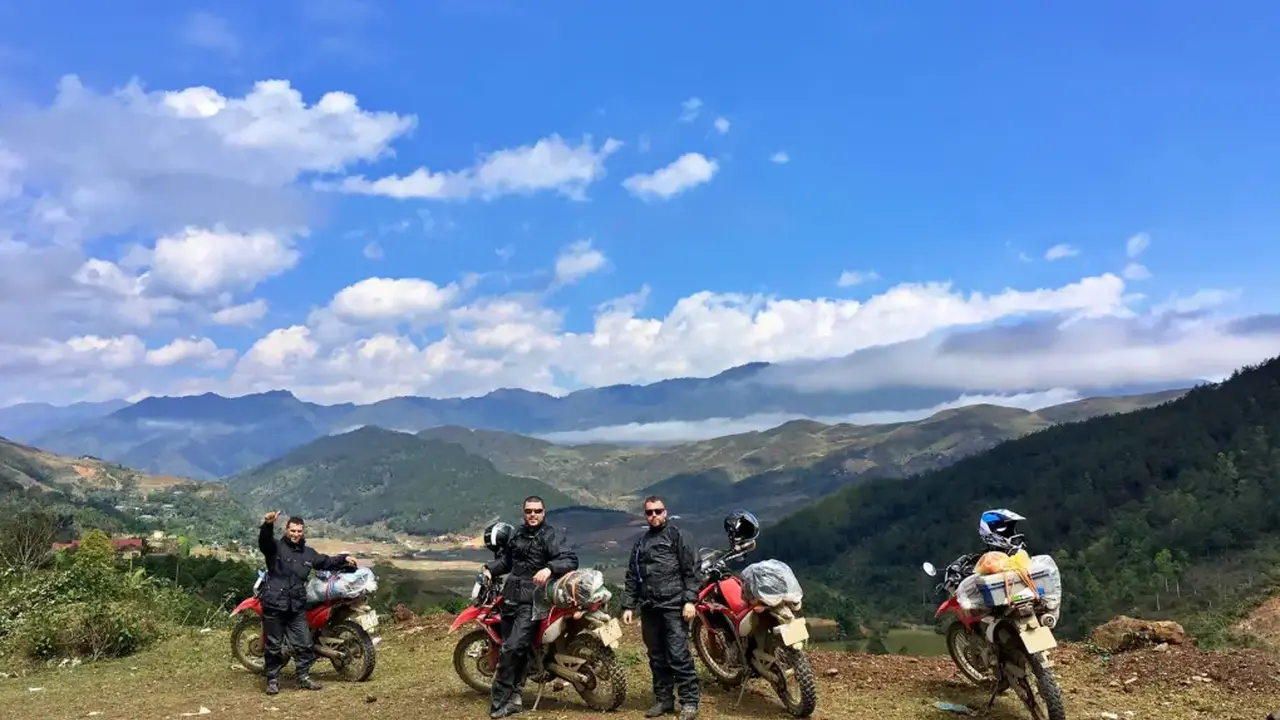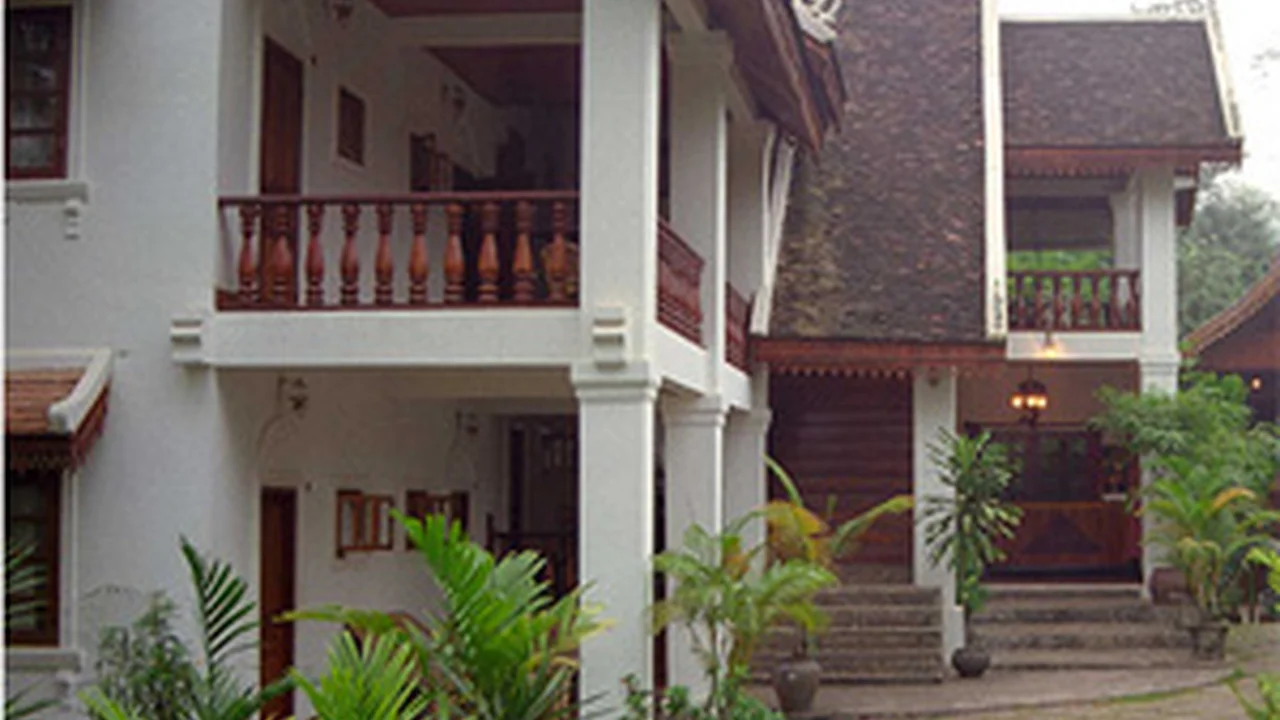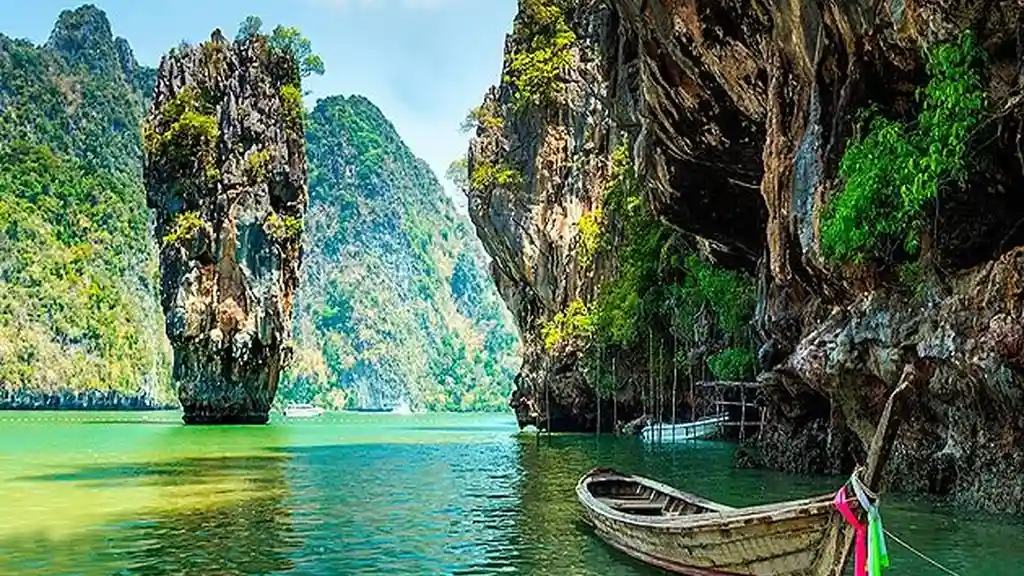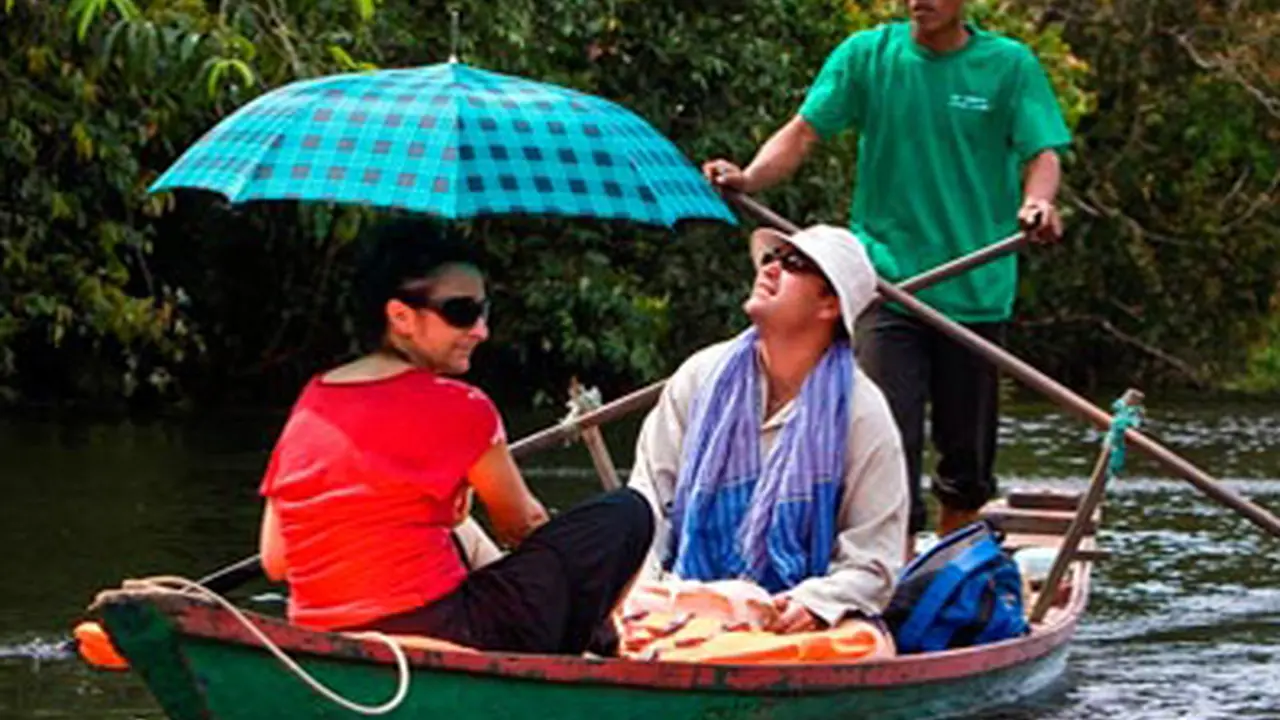Singapore Adventure Park Comparison
Embark on a canyoneering adventure tour in the Philippines and experience the thrill of rappelling down waterfalls. Discover hidden canyons, natural pools, and breathtaking scenery. Push your limits and create unforgettable memories.
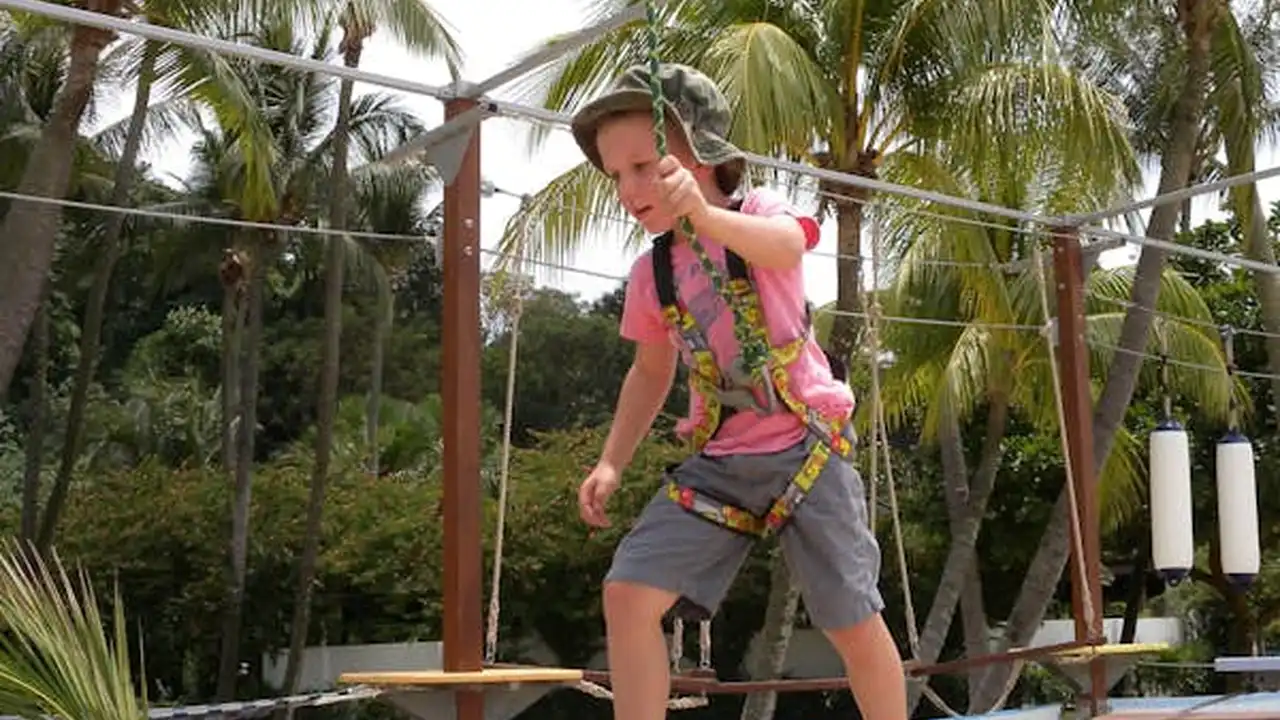
Canyoneering Philippines An Introduction to Thrilling Waterfalls and Canyons
Alright, adventure junkies, let's talk canyoneering in the Philippines! If you're looking for a heart-pumping, adrenaline-fueled experience that combines hiking, swimming, climbing, and rappelling down waterfalls, then you've come to the right place. Canyoneering, also known as canyoning, is the art of navigating canyons using a variety of techniques. In the Philippines, this often means plunging into turquoise waters, sliding down natural rock formations, and rappelling down cascading waterfalls. It's an experience you won't soon forget.
Popular Canyoneering Destinations in the Philippines Kawasan Falls and Beyond
The Philippines boasts some incredible canyoneering spots, but one reigns supreme: Kawasan Falls in Cebu. However, don't think that's the *only* option. Here’s a look at some awesome places to get your canyoneering fix:
- Kawasan Falls, Cebu: This is the OG canyoneering experience in the Philippines. Expect stunning turquoise waters, multiple waterfalls to rappel down, and an overall incredible adventure. Be prepared for crowds, especially during peak season.
- Alegria, Cebu (Matutinao River): Another fantastic option in Cebu, often less crowded than Kawasan. The scenery is equally breathtaking, with clear waters and challenging rappels.
- Kanlaob River, Badian, Cebu: A less known, more adventurous route. Strenuous, but rewarding.
- Danao Adventure Park, Bohol: Offers a variety of adventure activities, including a milder version of canyoneering suitable for families.
Essential Canyoneering Gear and Equipment for Philippines Adventures
Safety first, always! Canyoneering requires specialized gear to ensure a safe and enjoyable experience. Most tour operators will provide the necessary equipment, but it's good to know what to expect. Here’s what you'll typically need:
- Helmet: Absolutely essential to protect your head from falling rocks and impacts. Make sure it fits snugly and securely.
- Harness: A secure harness is crucial for rappelling. Ensure it's properly fitted and adjusted by your guide.
- Rappelling Device (e.g., Figure 8, ATC): This device controls your descent during rappels. Your guide will instruct you on its proper use.
- Wetsuit or Rash Guard: The water can be chilly, especially in the early morning. A wetsuit or rash guard will help keep you warm and protect your skin from scratches.
- Canyoneering Shoes: These shoes provide excellent grip on wet rocks and are designed to drain water quickly. Avoid wearing regular sneakers or sandals.
- Dry Bag: To keep your valuables (phone, camera, wallet) safe and dry.
Canyoneering Shoes Product Reviews and Comparisons for Philippines Terrain
Let's dive into some specific gear recommendations, focusing on canyoneering shoes. Choosing the right shoes can make or break your experience. Here are a few options, catering to different budgets and preferences:
Salomon Techamphibian 5
Description: A popular choice for canyoneering, the Salomon Techamphibian 5 offers excellent grip, breathability, and durability. It features a quick-drying upper and a Contagrip outsole for superior traction on wet surfaces.
Pros: Excellent grip, durable construction, comfortable fit, quick-drying.
Cons: Can be a bit pricey, may not be suitable for very narrow feet.
Usage Scenario: Ideal for canyoneering in Kawasan Falls or similar locations with moderate to challenging terrain.
Price: Around $100 - $130 USD.
Adidas Terrex CC Voyager Aqua
Description: Designed for water sports, the Adidas Terrex CC Voyager Aqua offers good ventilation and drainage, making it a comfortable option for canyoneering. It features a Traxion outsole for reliable grip.
Pros: Good ventilation, lightweight, affordable.
Cons: Grip may not be as aggressive as the Salomon Techamphibian, durability may be a concern for heavy use.
Usage Scenario: Suitable for less challenging canyoneering routes or those who prioritize comfort and breathability.
Price: Around $70 - $90 USD.
Merrell Hydro Moc
Description: A more unconventional option, the Merrell Hydro Moc is a lightweight and durable shoe made from a single piece of EVA foam. It's incredibly easy to clean and provides decent grip.
Pros: Lightweight, durable, easy to clean, affordable.
Cons: Limited support, not suitable for very challenging terrain, may not provide enough protection for the toes.
Usage Scenario: Best for easier canyoneering routes or as a backup shoe. Also great for general water activities.
Price: Around $50 - $70 USD.
Decathlon Quechua Water Shoes
Description: A budget-friendly option from Decathlon, these water shoes offer basic protection and grip. They're a good choice for beginners or those on a tight budget.
Pros: Very affordable, lightweight, easy to pack.
Cons: Limited durability, minimal support, grip may not be sufficient for challenging terrain.
Usage Scenario: Suitable for very easy canyoneering routes or as a backup shoe for other water activities.
Price: Around $20 - $30 USD.
Comparison Table:
| Shoe Model | Price | Grip | Durability | Comfort | Best For |
|---|---|---|---|---|---|
| Salomon Techamphibian 5 | $$$ | Excellent | Excellent | Good | Challenging terrain |
| Adidas Terrex CC Voyager Aqua | $$ | Good | Moderate | Excellent | Moderate terrain |
| Merrell Hydro Moc | $ | Decent | Good | Good | Easy terrain, backup shoe |
| Decathlon Quechua Water Shoes | $ | Basic | Low | Moderate | Very easy terrain, backup shoe |
Safety Tips and Precautions for Canyoneering in the Philippines
Canyoneering is an adventure sport, and like any adventure sport, it comes with inherent risks. Here's how to minimize those risks and stay safe:
- Choose a Reputable Tour Operator: Research and select a tour operator with experienced guides and a strong safety record. Read reviews and ask about their safety protocols.
- Listen to Your Guide: Your guide is there to ensure your safety. Pay attention to their instructions and follow their advice.
- Check the Weather: Avoid canyoneering during or after heavy rain, as the water levels can rise rapidly and the currents can become dangerous.
- Be Physically Fit: Canyoneering requires a reasonable level of fitness. Be prepared for hiking, swimming, and climbing.
- Don't Jump If You're Unsure: Never feel pressured to jump or rappel if you're not comfortable. Your safety is paramount.
- Communicate with Your Team: Let your guide and fellow canyoneers know if you're feeling tired, cold, or uncomfortable.
- Stay Hydrated: Drink plenty of water before, during, and after your canyoneering adventure.
- Protect Your Skin: Wear sunscreen and a rash guard to protect your skin from the sun.
- Leave No Trace: Pack out everything you pack in and respect the environment.
What to Expect on a Typical Canyoneering Tour in the Philippines
Okay, so you're ready to take the plunge (literally!). What can you expect on a typical canyoneering tour in the Philippines? Here’s a general rundown:
- Briefing and Gear Up: You'll start with a safety briefing from your guide, where you'll learn about the route, the techniques involved, and the safety procedures. You'll then be fitted with your helmet, harness, and canyoneering shoes.
- Hike to the Starting Point: Expect a short hike (usually 15-30 minutes) to the starting point of the canyon.
- Canyoneering Begins: The real fun begins! You'll start navigating the canyon, swimming through pools, sliding down natural rock formations, and rappelling down waterfalls.
- Rappelling Techniques: Your guide will demonstrate the proper rappelling techniques and supervise your descent. You'll typically use a figure-8 or ATC device to control your speed.
- Lunch Break: Most tours include a lunch break at a scenic spot within the canyon. You'll usually be provided with a simple meal of rice, grilled meat, and fruit.
- Continue Canyoneering: After lunch, you'll continue navigating the canyon, tackling more challenges and enjoying the breathtaking scenery.
- Hike Out: At the end of the canyon, you'll have a short hike back to the starting point.
- Debriefing and Return: You'll return to the tour operator's base, where you can change clothes and relax.
Booking Your Canyoneering Adventure Choosing the Right Tour Operator
Choosing the right tour operator is crucial for a safe and enjoyable canyoneering experience. Here are some factors to consider when making your decision:
- Experience and Reputation: Look for tour operators with years of experience and a solid reputation for safety. Read online reviews and ask for recommendations.
- Safety Record: Inquire about the tour operator's safety record and protocols. Do they have certified guides? Do they provide adequate safety equipment?
- Group Size: Smaller group sizes often allow for a more personalized and safer experience.
- Inclusions: Check what's included in the tour price. Does it include transportation, equipment rental, lunch, and entrance fees?
- Price: Compare prices from different tour operators, but don't choose solely based on price. Safety and experience are more important.
- Environmental Practices: Choose tour operators that are committed to responsible tourism and environmental conservation.
Beyond Kawasan Exploring Other Canyoneering Options in Cebu
While Kawasan Falls is the most famous canyoneering spot in Cebu, there are other options worth exploring. Alegria, as mentioned, is a great alternative. It's less crowded and offers equally stunning scenery. You can also find smaller, less-known canyons with more challenging rappels for a more adventurous experience. Talk to local guides and do your research to discover hidden gems.
Preparing Physically and Mentally for Your Canyoneering Trip
Canyoneering can be physically and mentally demanding. Here’s how to prepare:
- Physical Fitness: Engage in regular exercise, focusing on cardio, strength training, and flexibility. Hiking, swimming, and climbing are all great activities to prepare for canyoneering.
- Mental Preparation: Canyoneering can be intimidating, especially if you're afraid of heights or water. Visualize yourself successfully completing the challenges and focus on staying calm and confident.
- Get a Good Night's Sleep: Rest well before your canyoneering adventure to ensure you're alert and focused.
- Stay Positive: Maintain a positive attitude and encourage your fellow canyoneers.
Making the Most of Your Canyoneering Experience Capturing Memories and Respecting Nature
Finally, here’s how to make the most of your canyoneering trip:
- Capture Memories: Bring a waterproof camera or phone case to capture stunning photos and videos of your adventure.
- Respect the Environment: Leave no trace behind. Pack out all your trash and avoid disturbing the natural environment.
- Engage with the Local Culture: Learn about the local culture and traditions. Support local businesses and communities.
- Be Present: Put away your phone and immerse yourself in the experience. Enjoy the beauty of nature and the thrill of the adventure.
- Share Your Experience: Share your photos and stories with friends and family to inspire them to embark on their own canyoneering adventures.
:max_bytes(150000):strip_icc()/277019-baked-pork-chops-with-cream-of-mushroom-soup-DDMFS-beauty-4x3-BG-7505-5762b731cf30447d9cbbbbbf387beafa.jpg)



